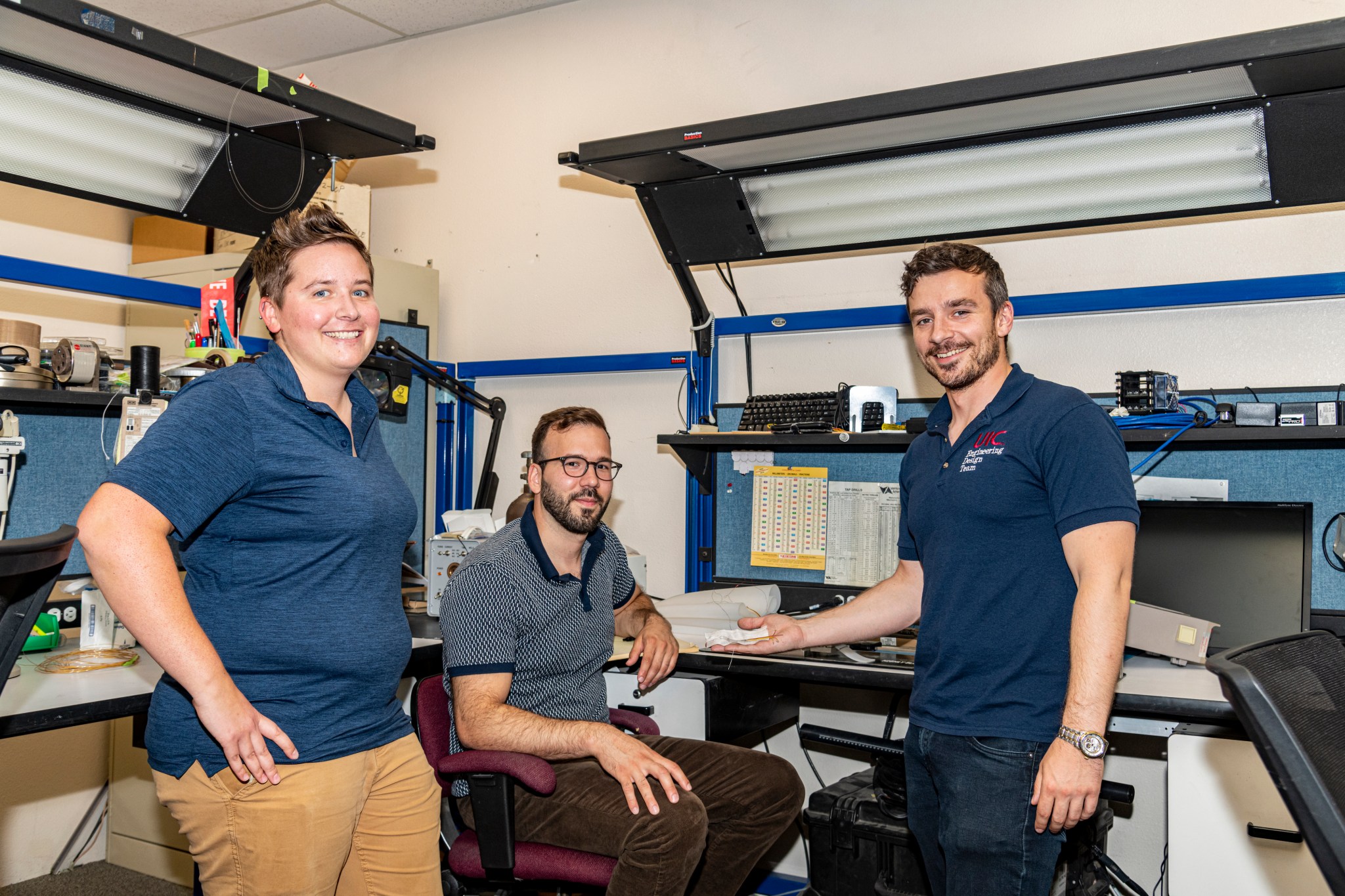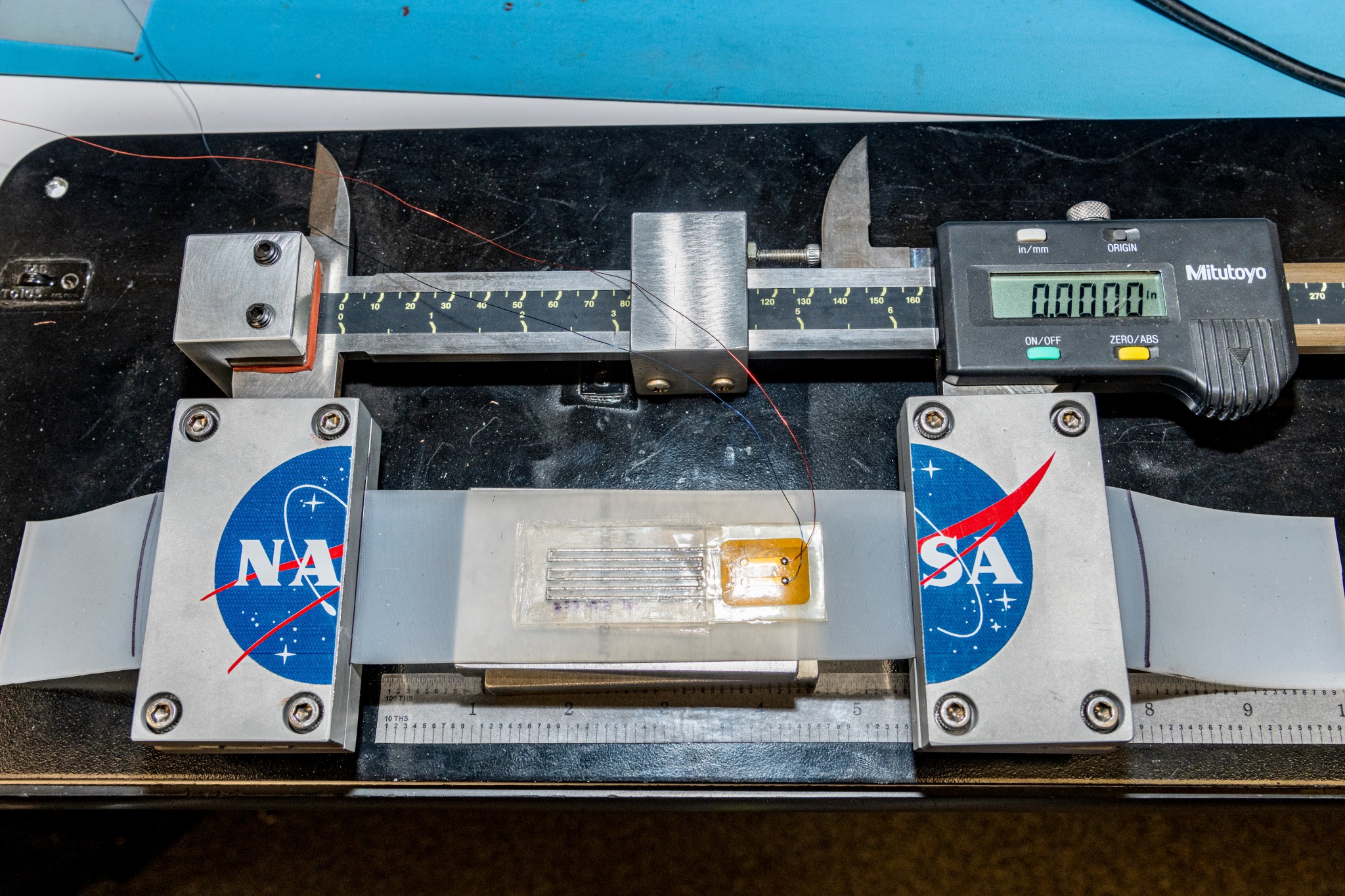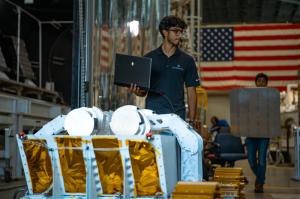Rovers traveling to the surface of Mars hit speeds more than 1,000 mph as they enter the Red Planet’s thin atmosphere. One of the great challenges of Mars missions is designing a parachute capable of providing a soft landing. Researchers at NASA’s Armstrong Flight Research Center in Edwards, California, are searching for and testing sensors to aid parachute designers.
Current technology for decelerating from the high speed of atmospheric entry to the final stages of landing on Mars dates back 1976 when NASA put two landers on Mars with the Viking Project. But as NASA plans more ambitious Mars missions, the spacecraft needed to land safely on the planet’s surface will become heavier and will need larger parachutes.

“Attempts to understand and develop the design of supersonic parachutes (parachutes capable of slowing an object traveling over Mach 1, or approximately 768 mph) have shown that parachutes can fail unpredictably,” said Erick Rossi De La Fuente, a NASA Armstrong researcher.
De La Fuente leads a project called Enhancing Parachutes by Instrumenting the Canopy, or EPIC. The project team also includes Lydia Hantsche, project manager, and Dan Budolak, project chief engineer. The team will measure strain on parachutes, which could help future missions construct better, more reliable parachutes to land on Mars.
“The structural margins of supersonic parachutes are not well understood because of a lack of instrumentation to measure strain on the canopy,” said De La Fuente. Attaching sensors to parachutes and putting them through tests can provide data to verify design models, resulting in better parachute systems.
The EPIC team is acquiring and testing sensors to determine their suitability for the task. The sensors will measure location and intensity of stress on a parachute. One challenge is making sure that the presence of the sensors does not affect the performance of the canopy, De La Fuente said. The goal is to avoid adding significant stiffness to the material or adding too much mass. This would alter the parachute dynamics and structural performance.
The team will adhere the sensor to a sample of the fabric and clamp the sensored fabric between the jaws of a test machine. The test machine will pull and twist the sample fabric. “The material samples will be pulled to failure,” De La Fuente said. “If the presence of the sensor results in a lower force at failure, then we know the sensor is compromising the structural integrity of the canopy.”
Initial tests will occur at slow speeds, somewhere around 12 inches per minute. Later tests will involve the use of a gas gun, capable of stretching the fabric more than five times its normal length per second, to simulate the strain rates of a parachute unfurling at high speeds.
If a viable sensor is found, De La Fuente anticipates he’ll need to write another grant proposal to continue testing, including exposing the sensor to various temperatures and conducting mortar testing, in which the parachute will be pressure-packed into a small cylinder and then shot out like a cannon ball. Those tests would also confirm the sensor’s ability to handle the parachute unfurling at high speeds.
“Personally, I’m very interested in the hunt for the evidence of past microbial life on Mars,” De La Fuente said. “EPIC was a case of a personal mission aligning with that of the agency.”
“I want to see points on the board,” De La Fuente said. “I want to solve a problem, not talk about solving a problem.”
EPIC is funded through NASA’s Early Career Initiative (ECI) program through the Space Technology Mission Directorate, which awards early career researchers the funding they need to propose and develop innovative aerospace technology projects, engage with leading industry and academic partners, and develop the skills required to manage and transition transformative concepts into future NASA missions. ECI is providing $2.5 million over two years to support the team’s research.

































